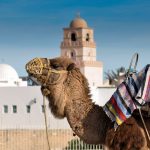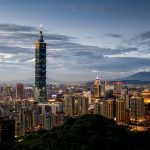My trip in MADAGASCAR
In August 2011 I spent one month travelling from north to south in Madagascar.
Madagascar is an island in the Indian Ocean off the eastern coast of southern Africa, east of Mozambique. It is the fourth largest island in the world. The highest point is Maromokotro, in the Tsaratanana Massif region in the north of the island, at 2,876 metres. The capital Antananarivo is in the Hauts Plateaux near the centre of the island. It has a total area of 587,040 square kilometres with 581,540 square kilometres of land and 5,500 square kilometres of water.
Madagascar originated as part of the Gondwana supercontinent. Its west coast was formed when Africa broke off from Gondwana around 165 million years ago. Madagascar eventually broke off from India about 88 million years ago.
The island of Madagascar has been described as an “alternate world” or a “world apart” because of the uniqueness and rarity of many of its plant and animal species. Their characteristics are believed to reflect the island’s origins as a part of Gondwanaland and its many millions of years of isolation following the breakup of the landmass.
Many of the characteristic African species, large mammals as the elephant, rhinoceros, giraffe, zebra, and antelope and predators such as lions and leopards, do not exist in Madagascar.
In addition, the island has been spared the great variety of venomous snakes indigenous to the African continent. Although it is assumed that most life forms on the island had an African (or South American) origin, isolation has allowed old species, elsewhere extinct, to survive and new species unique to the island to evolve.
Thus, a great number of plant, insect, reptile, and fish species are endemic to Madagascar, and all indigenous land mammal species (66 in all) are unique to the island.
Madagascar is the land of “mora mora”, meaning that everyone takes life slowly.






